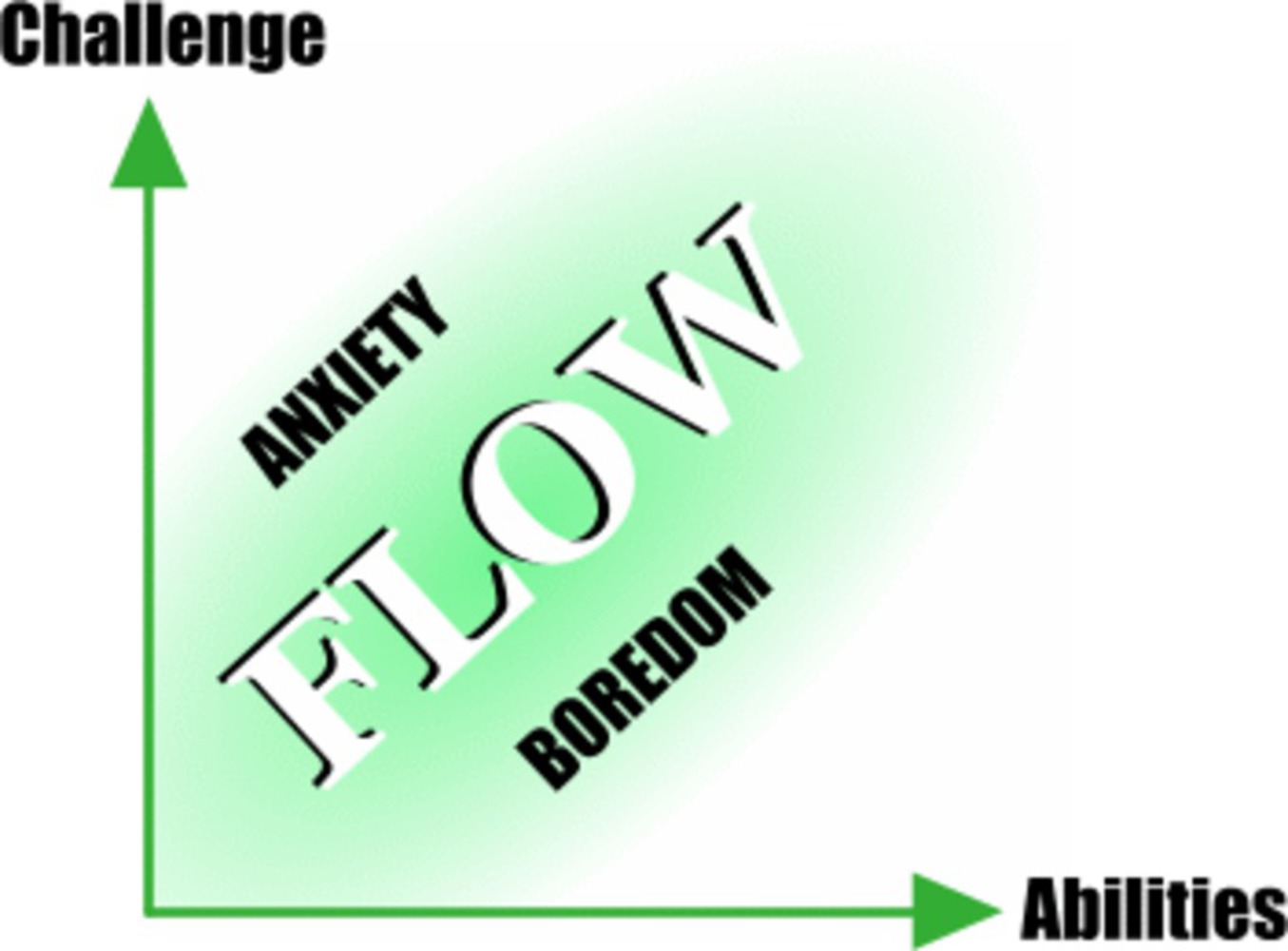To form the emotional bond between the user and the interactive system is a very tricky issue because it is hard to capture and quantify the emotion. In addition, it is hard to ensure that the user acquires the same user experience as expected both in magnitude and category by the designer of the interactive system. To solve this problem, I came up with a framework named ‘Flow Learning’.
Flow learning is an emotion evocation framework I made based on machine learning and the flow theory. First we constructed an immersive environment. Then, we can control or influence the user’s actions and experiences. This is a cycling process of retroaction and regulation to give users the emotional experience the designers want.
To make Frame Learning framework well understood, there are briefly two questions to explain in this article.
1. how to create an immersion environment? The state of immersion is the prerequisite for any emotion evocation. If the user does not believe the illusion generated in the first place, the media is a failure.
2. How to guarantee a unified emotional experience? If we already find a way to maintain the user’s immersion state, we have to find a way to evoke the emotion designed. This is not an easy task because it is hard to construct a formula between the emotion and the input of the system and emotion is very subjective and can vary among people.
In response to the first question, we apply the ‘flow theory’.

